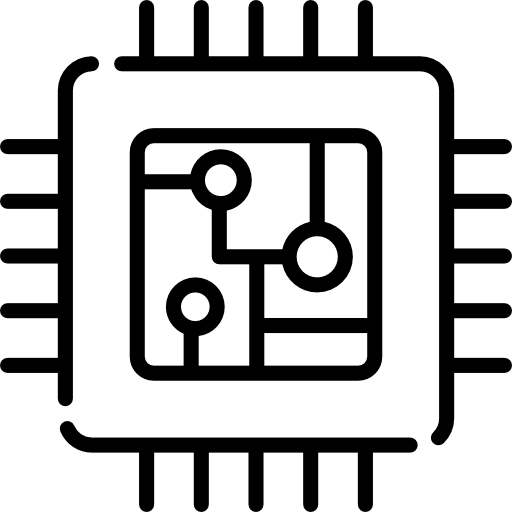By contrast, sex steroids become well known for harmful consequence on thymocytes
In the lack of intercourse hormones by castration or ovariectomy, regeneration of the thymus was actually observed. Intriguingly, chimeric rats with androgen receptor-defective stroma but wild-type thymocytes didn’t have thymic atrophy, suggesting that the stroma will be the target of androgen-induced regression. 89 Two latest studies have attemptedto further characterize the influences of sex steroids regarding the thymus. ETP wide variety however amount got amplified in old castrated rats, implying that enlargement reaches progenitor entry-level as opposed to the consequence of replication. 90 in addition, aberrant thymic design is restored after castration. 91 none the less, there clearly was research to claim that testosterone is not the main contributor to involution, such as a recent examination of thymic atrophy in hypogonadal mice with reduced intercourse steroid manufacturing, which introduced no changes in cellularity or mobile distribution when compared with wild-type littermates. 88 Correspondingly, this community revealed that the effects of gender hormones treatment are transient when you look at the wild-type mouse, with results missing after 20 months.
Are adjustment to TEC involved?
a mostly overlooked possible candidate may be the TEC. Given that TEC represent an integrated compartment on the thymic stroma https://www.besthookupwebsites.org/escort/columbia-1 and so are the main power of thymopoiesis more study into age related variations is. 61 , 92 Whether there’s a decline inside amount of TEC with age are hotly contested; 93 , 94 however, in vitro data declare that the proliferative speed was reduced in older rats. A recent study has shown that CD45 a€“ cells decline in number with age and that the proportion of proliferating TEC, as measured by Ki67 expression, decreases in older mice. 95 Alterations in thymic structure however were regularly noticed in both rats and individuals. There appear to be accumulations of fibroblasts and a decrease in keratin-positive avenues when you look at the man thymus as we grow older. 76 this really is followed by a distortion at the corticala€“medullary junction. 67 a€“ 69 , 96 also, there is certainly a decrease into the TEC family genes FoxNI and subunit 8 of keratin inside aging mouse. 75 Collectively these recommend a qualitative and/or quantitative loss of TEC with age. Without a doubt our people possess found that the gross morphological modifications include associated with alterations in appearance of important particles such as for example major histocompatibility complex course II and defining molecules of cortical and medullary TEC, which appear to decrease with age (Aw et al., manuscript when preparing). Thinking about the exacerbated speed at which the thymus shows signs of age-associated atrophy, we propose that truly under different parameters to the people managing the ageing processes various other organs and structures. That is supported by microarray research demonstrating that almost all particular genetics discovered to improve with thymic aging become distinct from those in other programs. 97 hence, we claim that the insufficiency begins within thymus it self since, in line with the throwaway soma idea, 98 it will become redundant once it offers created a substantial TCR arsenal, 99 which happen early in lifestyle. These modifications cause defective T-cell developing, 100 which possess an adverse effect on the TEC since the upkeep with the thymic structure is dependent on the existence of functionally maturing thymocytes ( Fig. 2 ). 101 , 102 truly, the entire process of thymic involution was a multifactorial one and all the components mentioned right here might be associated with grave consequences when it comes to peripheral T cells.
Age-dependent defects in peripheral T tissues
Interestingly there can be small change in how many peripheral T tissue with age, specially considering the decrease in thymic productivity from inside the elderly. 103 how big is the peripheral T-cell swimming pool is actually firmly managed by a number of variables such as homeostatic systems. 104 Both memory and naive T tissue have homeostatic regulation and in humans steady-state growth notably plays a part in the naive TCR repertoire. 104 it absolutely was assumed that naive and storage T-cell pools were preserved separately with various survival needs which can be quite a bit stricter for naive T tissue. 105 But a forward thinking research unveiled that clonal growth of CD8 + T tissues could be the result of the assortment for the leftover T tissues, specially the ones that express similar TCR VI? element. 106 this may have a profound effect on TCR range. Research for the TCR VI? sequence introduced a decreased antigen-recognition repertoire from more or less 10 8 in teenagers to 10 6 in older individuals 107 with a serious contraction in CD4 + T-cell range within the seventh and 8th many years of existence. 108 reports in rats have determined that a twofold to 10-fold decline in assortment is sufficient to jeopardize a T-cell-mediated immune reaction, 109 thus leaving the elderly a lot more susceptible to latest pathogens.
Once the stress when you look at the aging peripheral T-cell share are perpetuation through replication, this has gross ramifications for specific mobile. Examination of lymphocyte lifetime has revealed variants in subsets, but all are limited. Individual CD4 + T tissues bring around 33 inhabitants doublings in traditions 110 whereas CD8 + T tissue have only around 23. 111 The discipline dictating lifespan is known is telomere-dependent and assessment of telomere length showcases notably shorter telomeres in old individuals among all T-cell subsets. 112 These cells, which have undergone replicative senescence, accumulate with age and many, particularly in the CD8 + memory subset, are specific to only certain persistent infections. 113 One trojan that features drawn particular attention is actually cytomegalovirus (CMV) with a large expansion of CMV-specific CD8 + T-cell clones into the elderly and possesses now started confirmed through longitudinal scientific studies that CMV seropositivity identifies people that have an immune danger phenotype. 114 Shortened telomeres have already been correlated with changes in phenotypes (assessed by Weng in 2006 107 ), alterations in feedback 115 and resistance to apoptosis. 116






